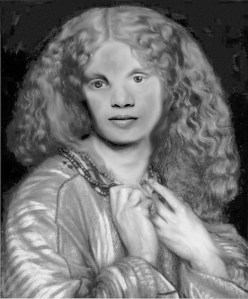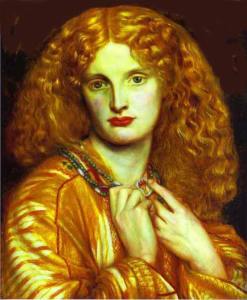

Greek Mythology is categorized as a “myth” by White scholars because it is really about stolen African Antiquity?
I have just seen previews for the movie Troy, and for the life of me I cannot see any reference to the fact that the King of Troy was the uncle of the King of Ethiopia and that the same Black King of Ethiopia came to help defend Troy with 10,000 Ethiopian men! (Note: In African history it is recorded as 200,000 men–maybe that is the myth!)
In May 2004 the movie Troy was released. The Battle of Troy is based on Greek Mythology–meaning myth. The Battle of Troy is listed in African Antiquity as a part of African History. In 1193 B.C., Prince Paris (Bloom) of Troy stole the beautiful Greek woman, Helen (Kruger), away from her husband, Menelaus, the king of (Ethiopia) Sparta, setting the two nations at war with each other, as the Greeks began a bloody siege of Troy using their entire armada, led by Achilles (Brad Pitt), that lasted over a decade.
In African History: 1184-1174 BCE Trojan War. King Priam of Troy and many Trojans are under siege by “Sea Peoples” including Myceneans, Pelesgians, Acheaens, etc. Africans fight on both sides. Amazons fight on Trojan side. Memnon, the African King of Ethiopian and brother to Emathion, King of Ethiopia arrives from Susa with 200,000 African troops to defend Troy and is killed by Achilles.
Memnon, King of Ethiopia, in Greek mythology, to be exact in Homer’s Iliad, where he leads an army of Elamites and Ethiopians to the assistance of King Priam in the Trojan War. His expedition is said to have started from the African Ethiopia and to have passed through Egypt on the way to Troy. According to Herodotus, Memnon was the founder of Susa, the chief city of the Elamites. “There were places called Memnonia supposed to have been built by him both in Egypt and at Susa; and there was a tribe called Memnones at Moroe. Memnon thus unites the eastern with the western Ethiopians. (Ancient Monarchies, Vol. I, Chap. 3.)
Abyssinia was an extensive territory in East Africa that is known today as Ethiopia. In ancient times Ethiopia extended over vast domains in both Africa and Asia. Classical historians and geographers called the whole region from India to Egypt, both countries inclusive, by the name of Ethiopia. They regarded all the dark-skinned and black peoples who inhabited it as Ethiopians.
Source: Stewart Synopsis
Great findings. You see most of what being classified as mythologies are in most matters are real and true stories. If somebody says to you something is a myth, always look underneath and you will find the truth. Histories are not always true even with documented fact. Just because it comes with fact does not mean it is true either. Troy story and other stories has powerful occurences and mysteries to them and can be traced ancient wise. It is the duty of the children of the ancient ones (the primordial melaninites women and men in flesh and blood) to do what they do best. They are the bringer of truth for the growth and evolution of humanity.
LikeLiked by 1 person
Thank you, I couldn’t have said it better myself!
LikeLike